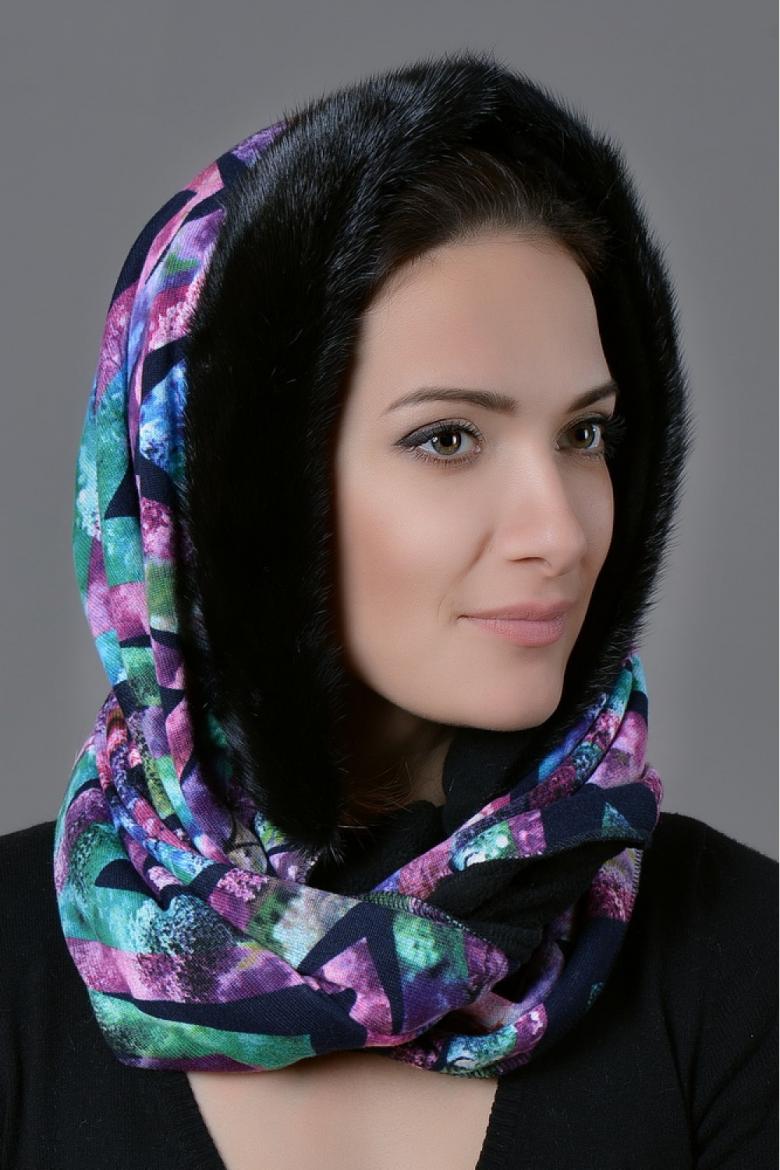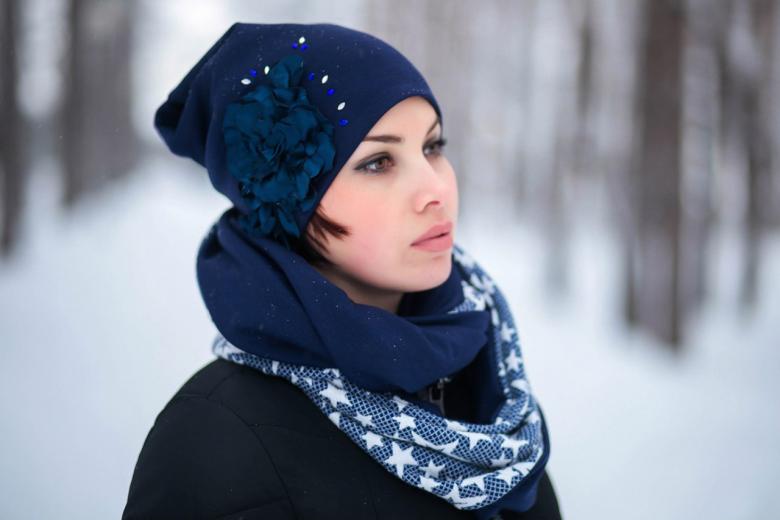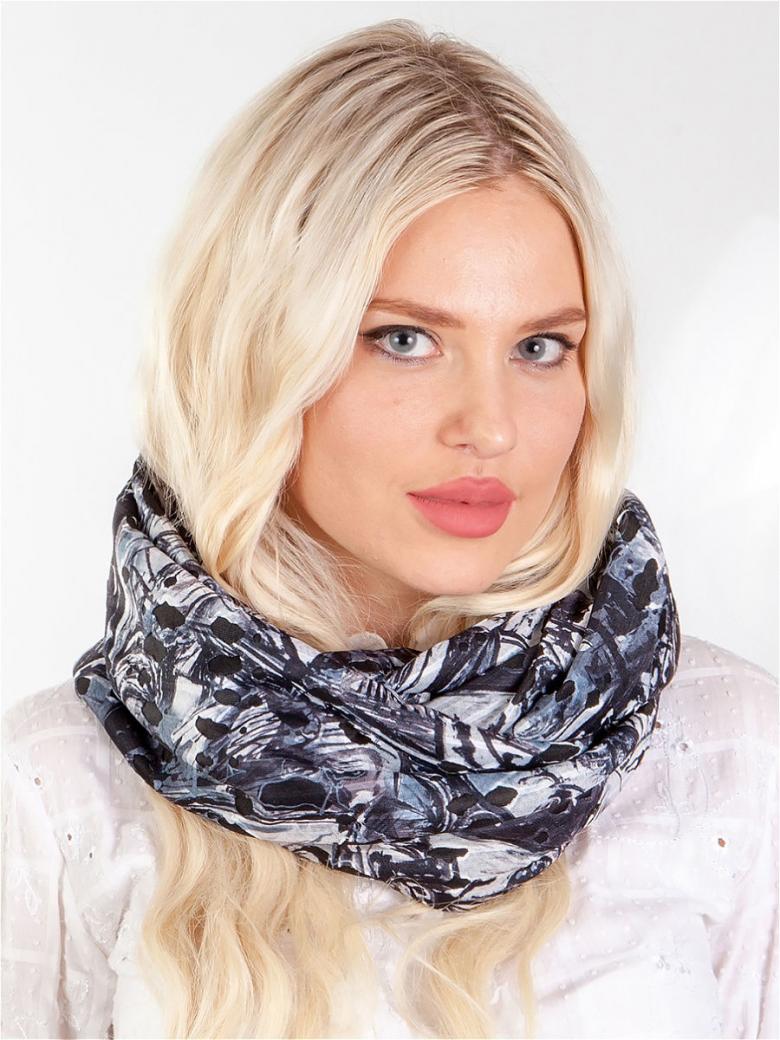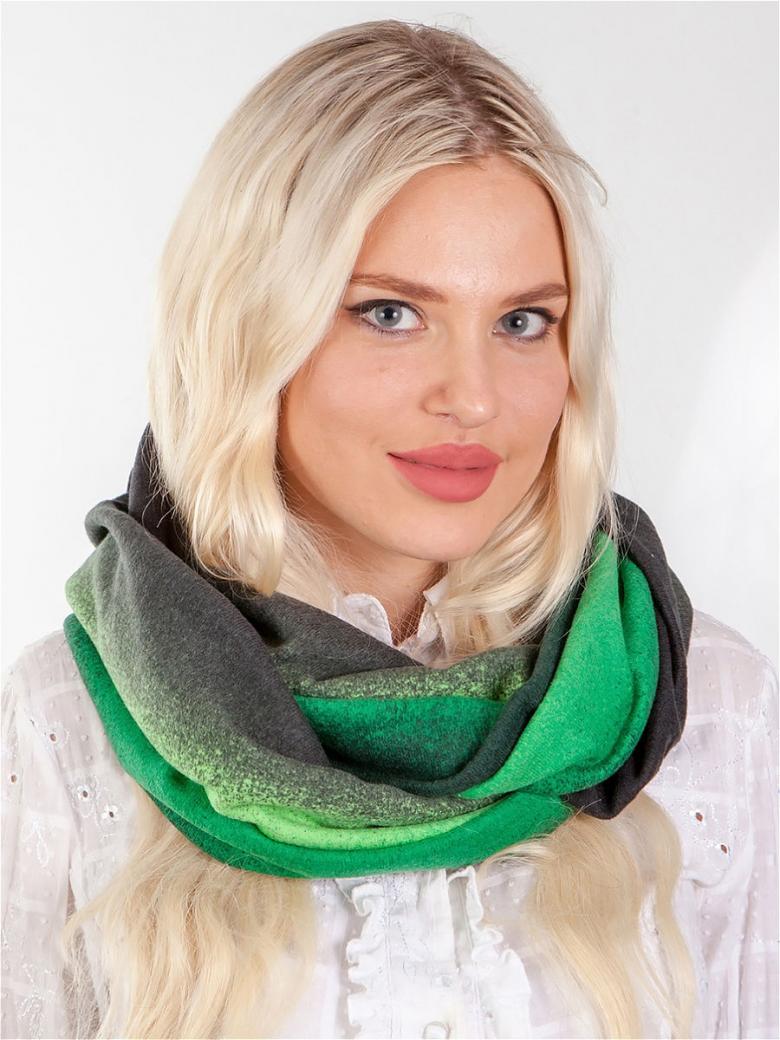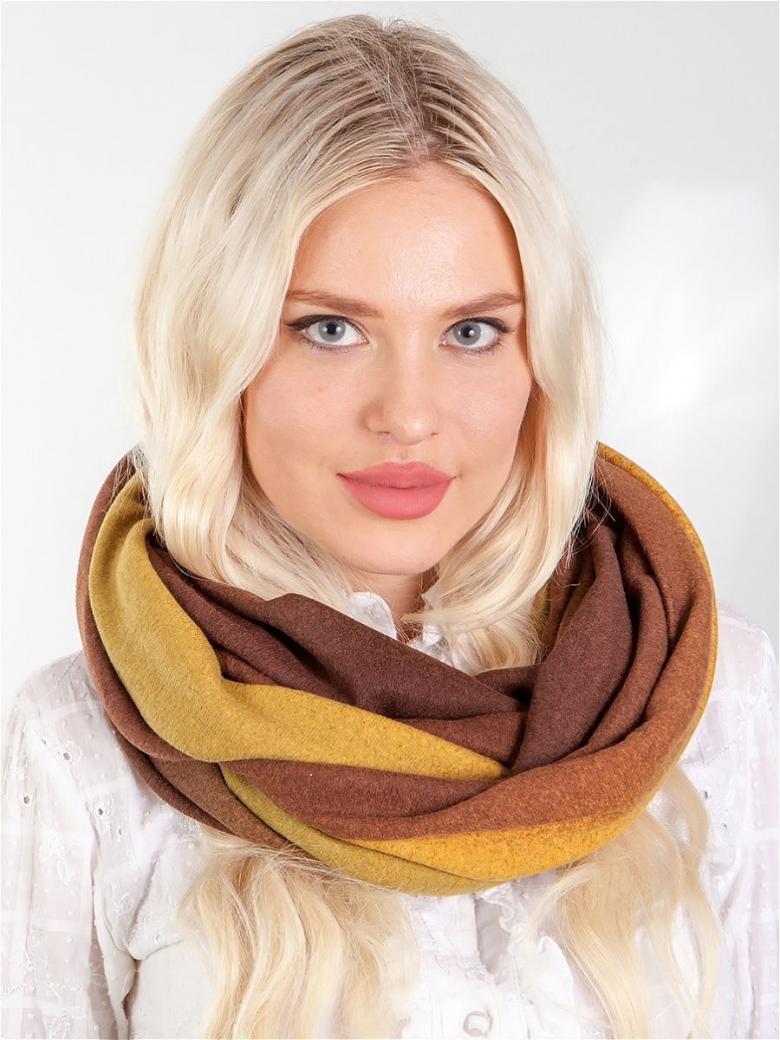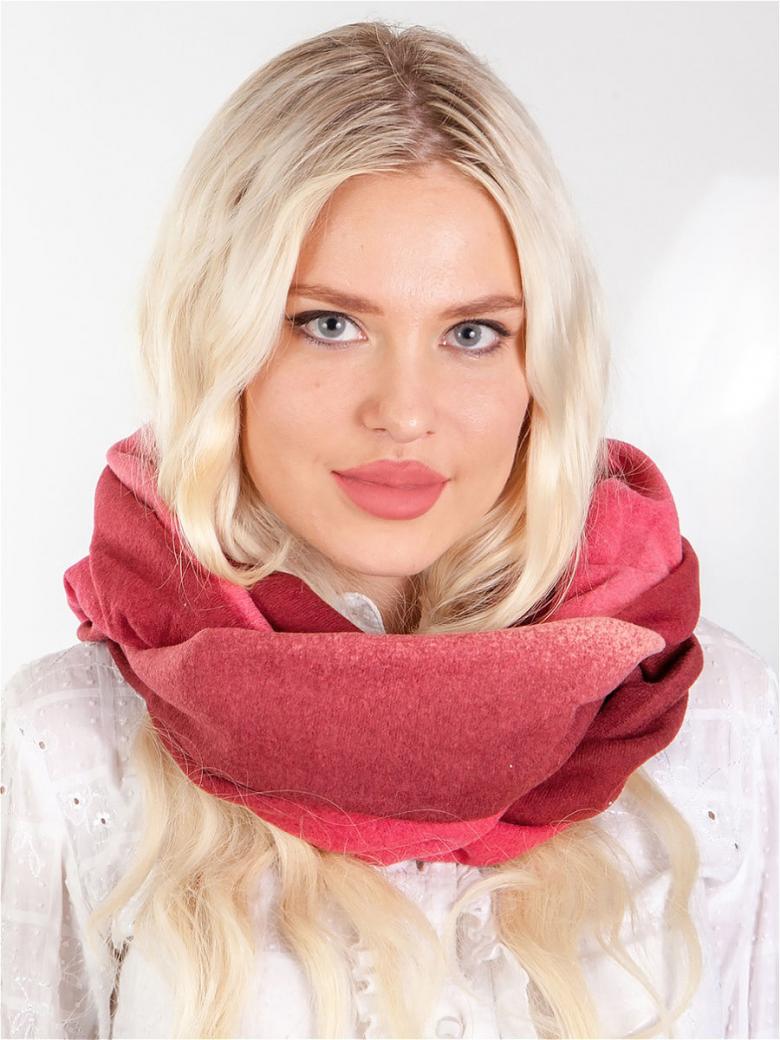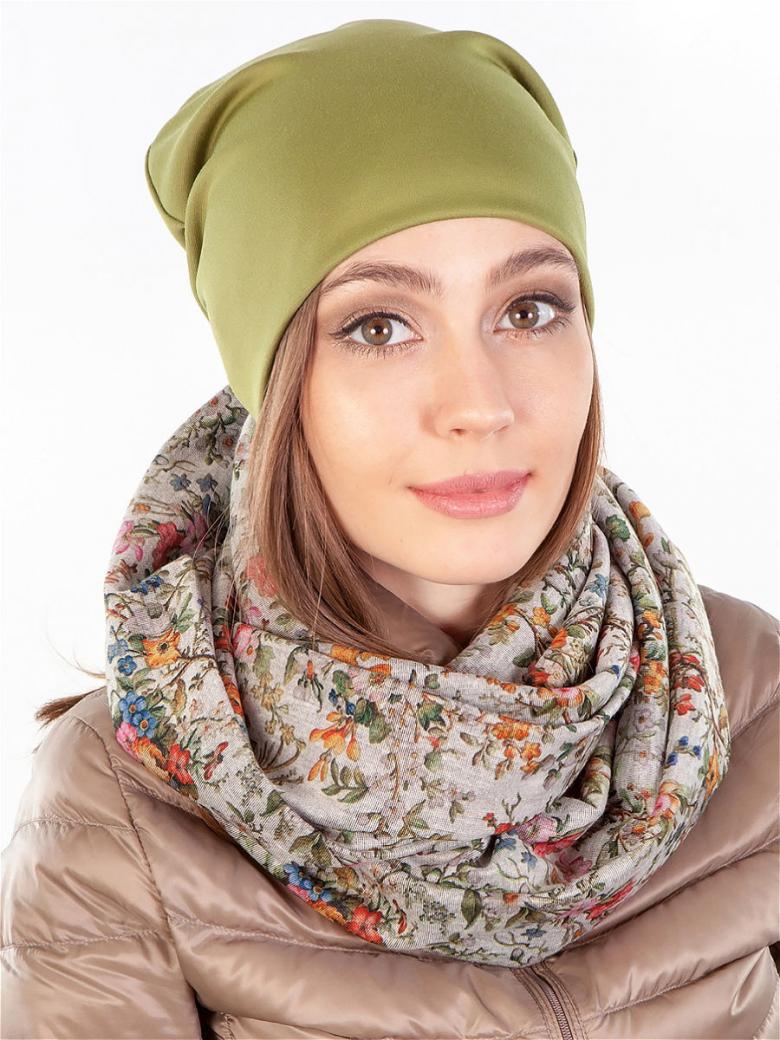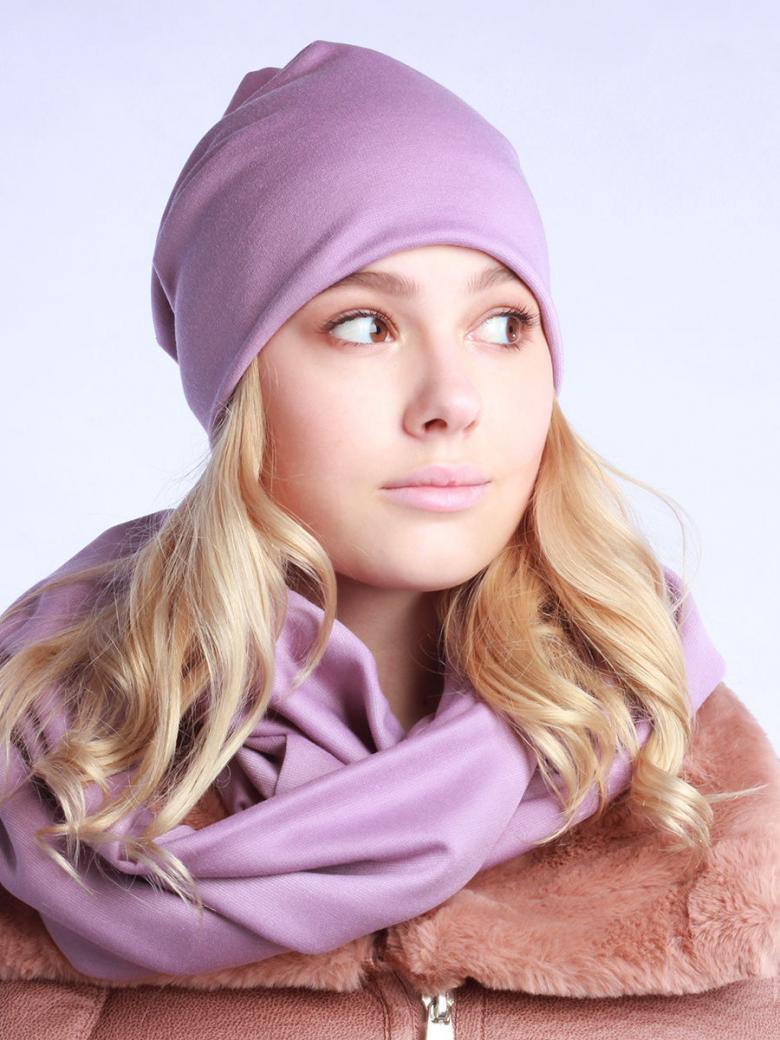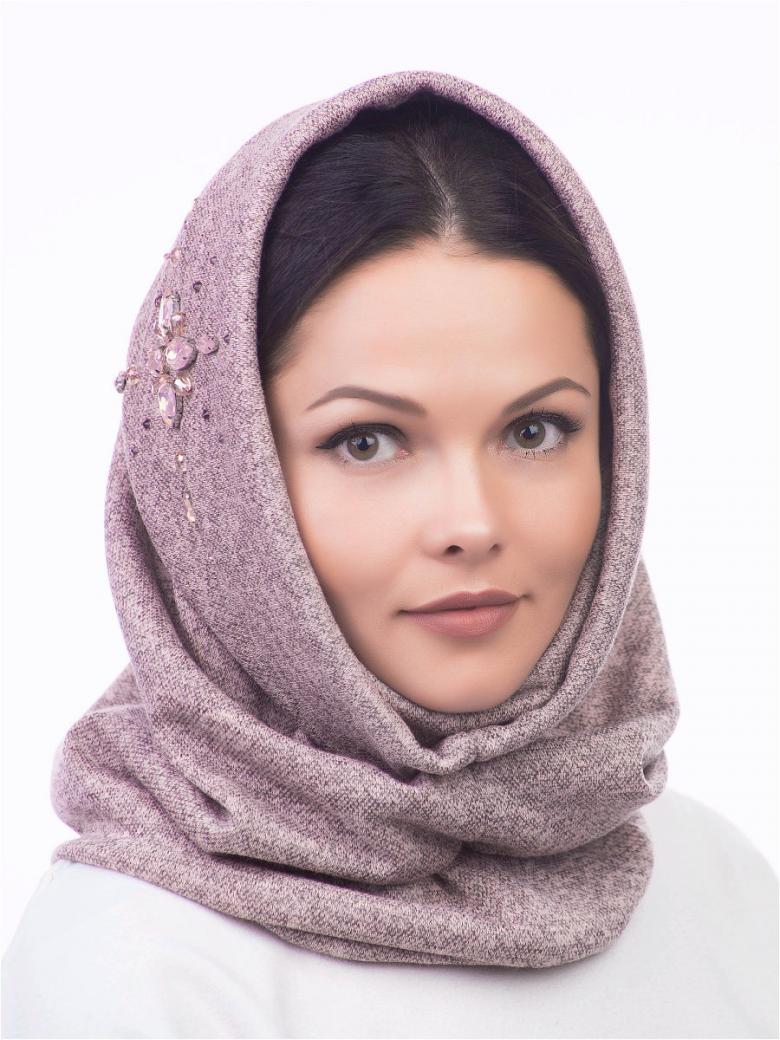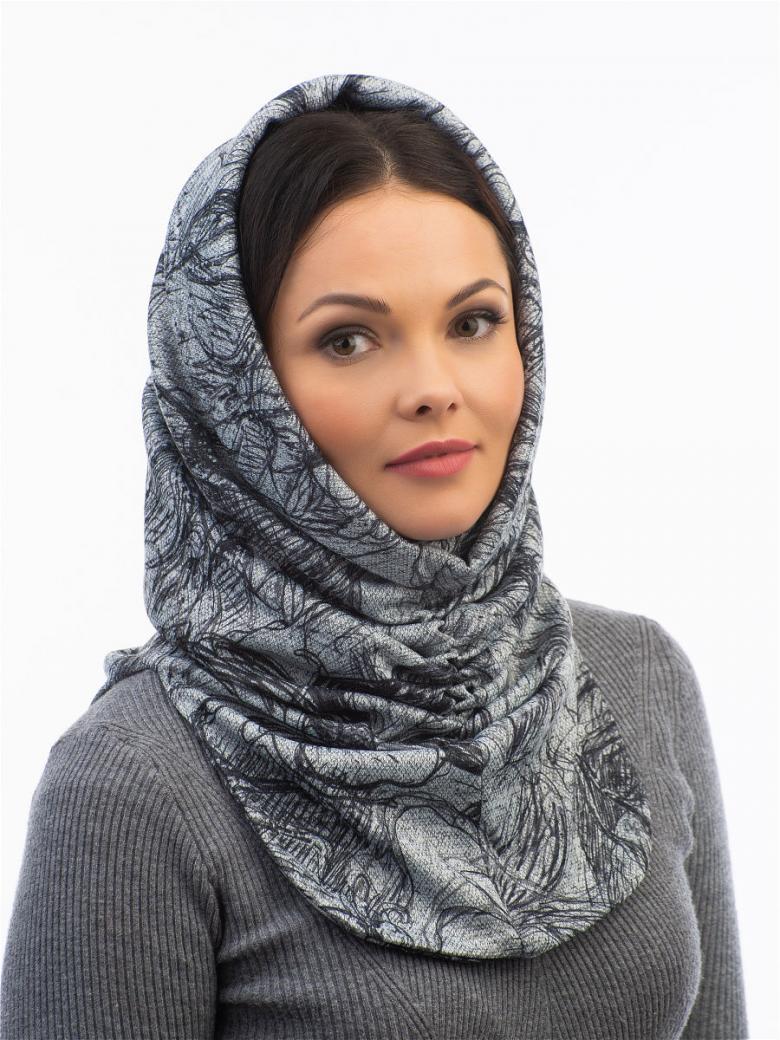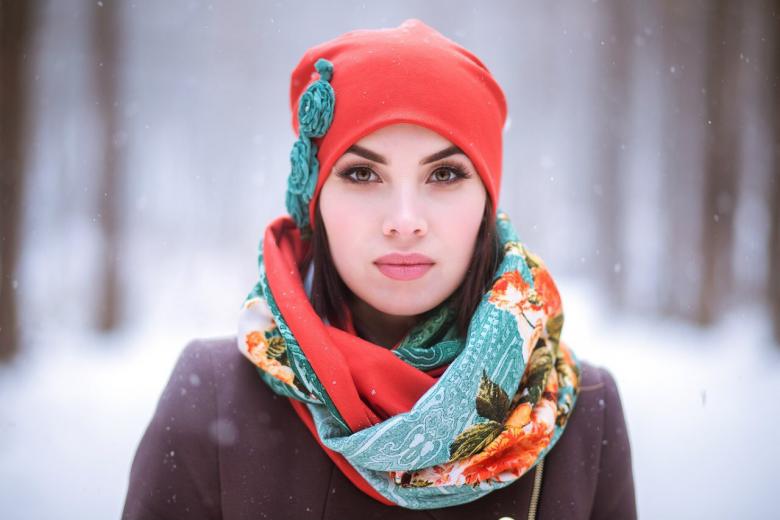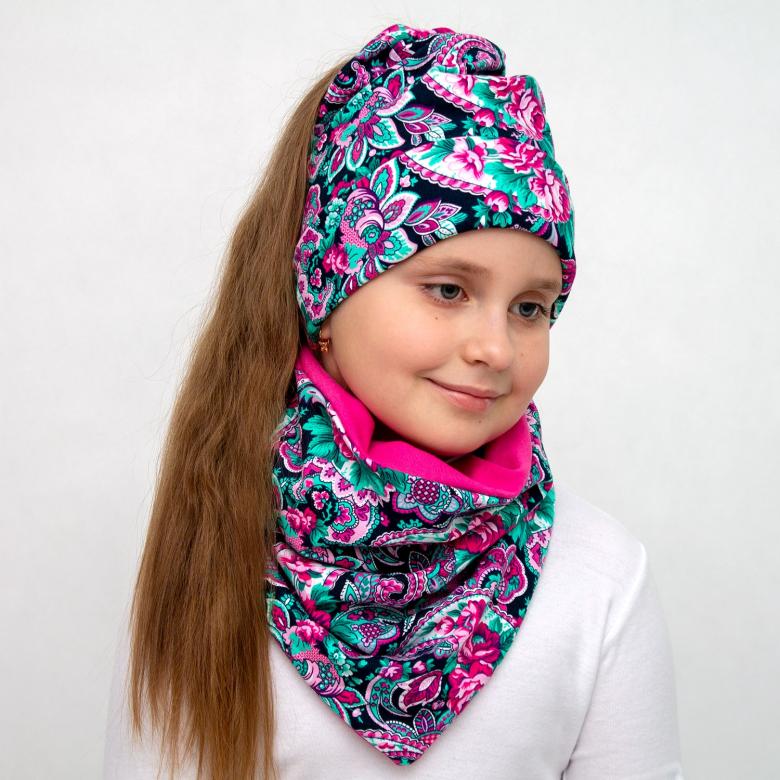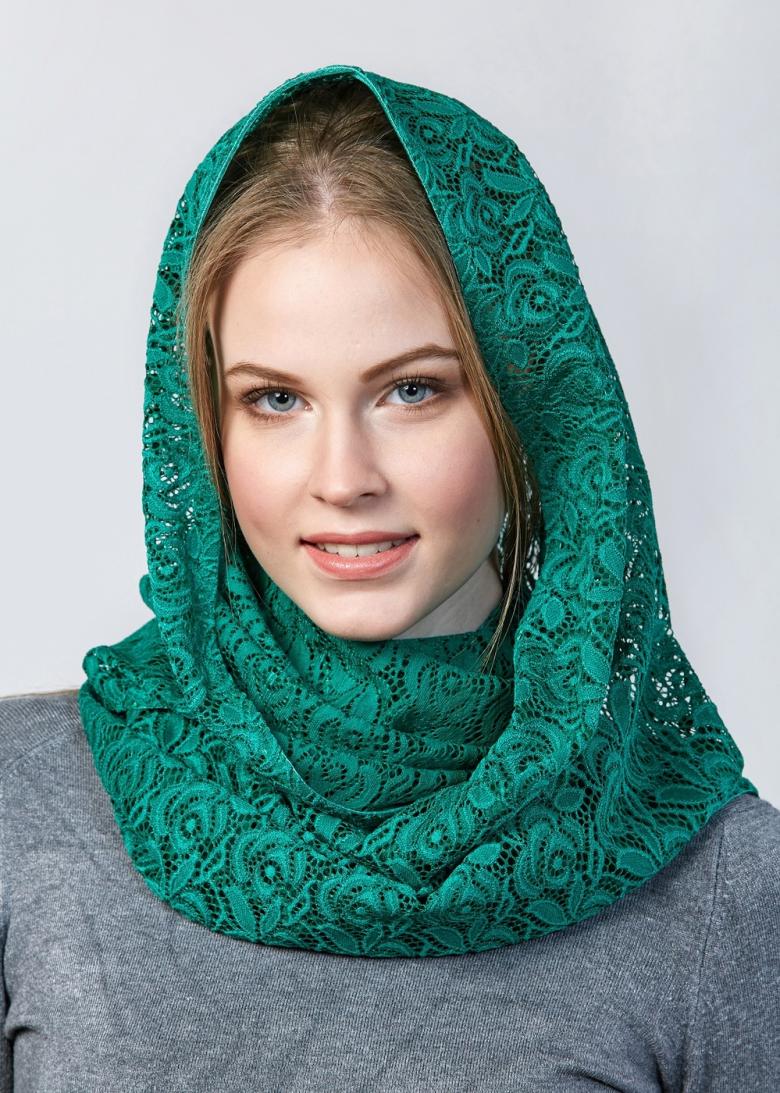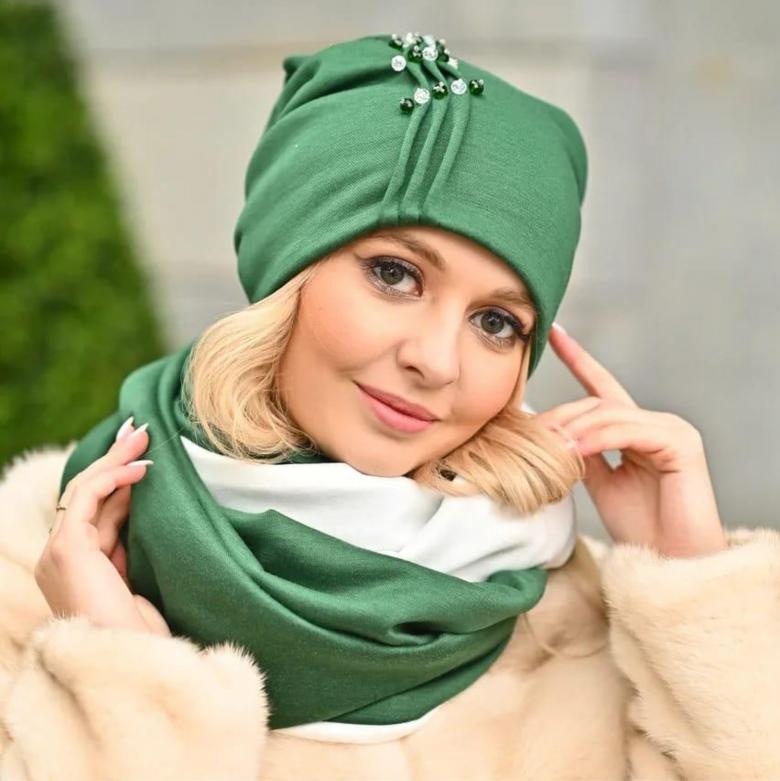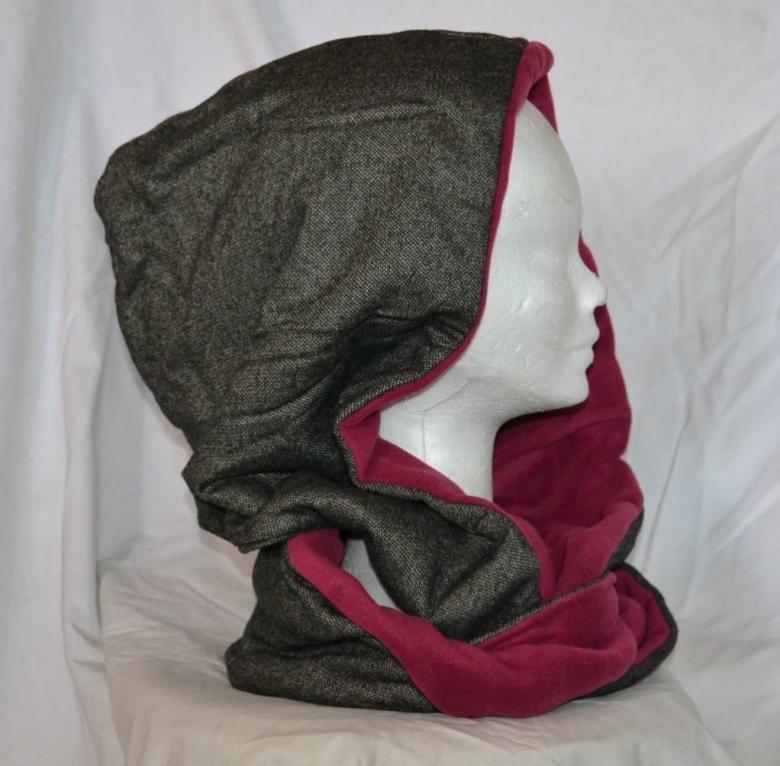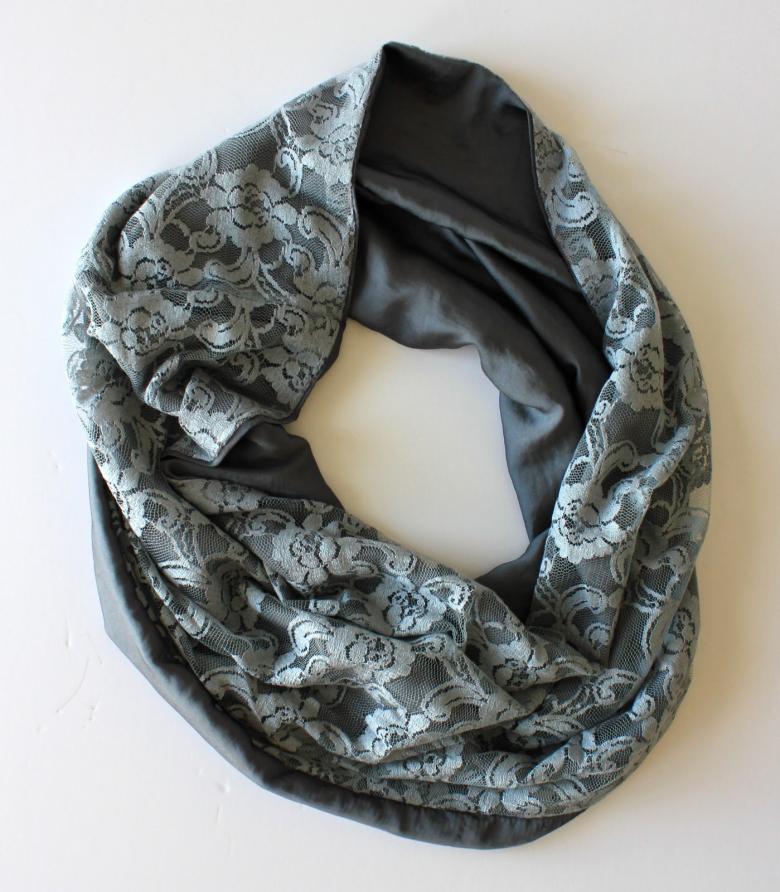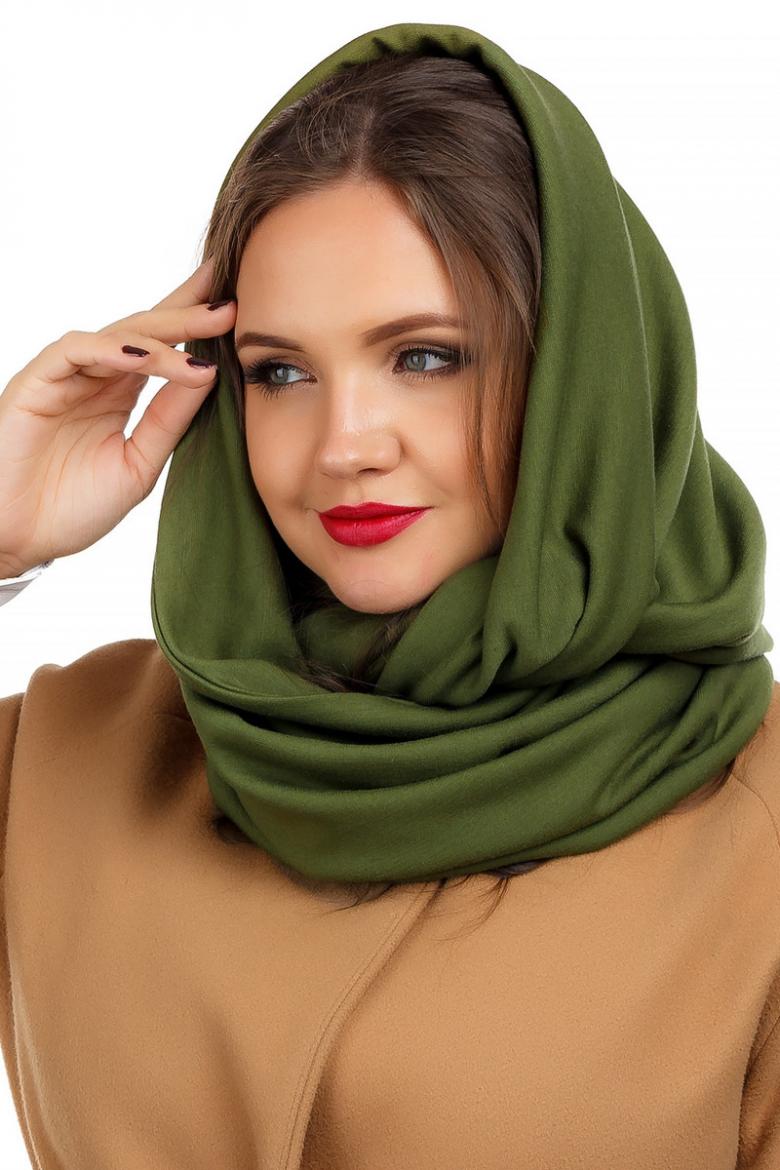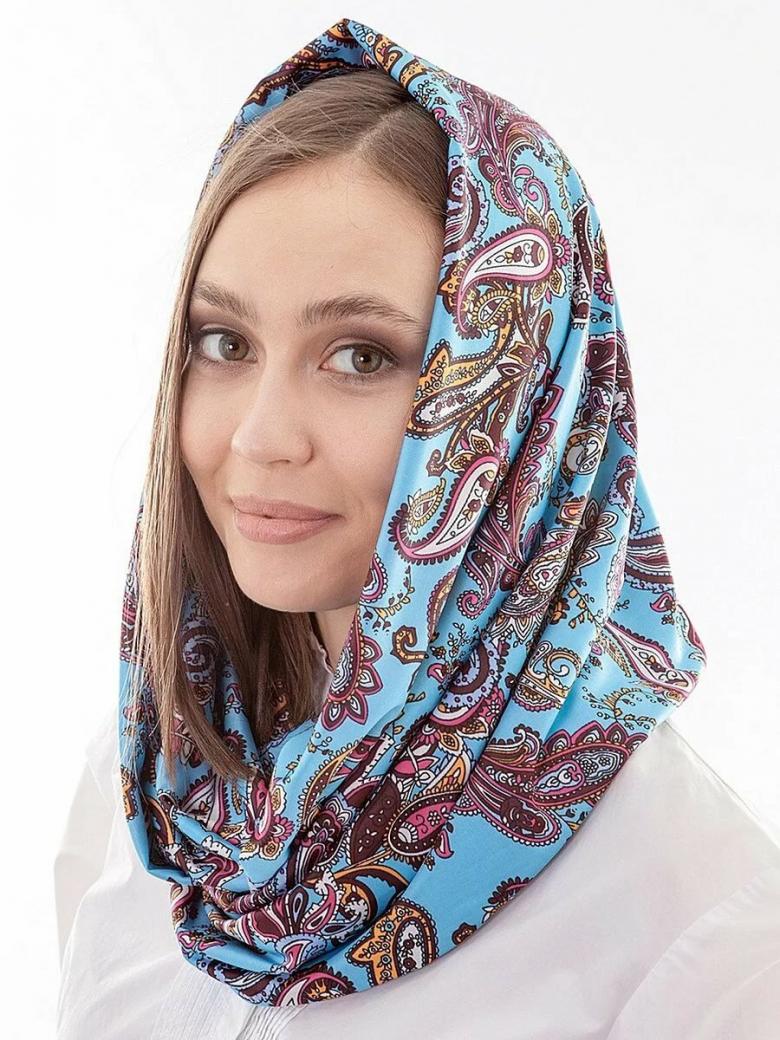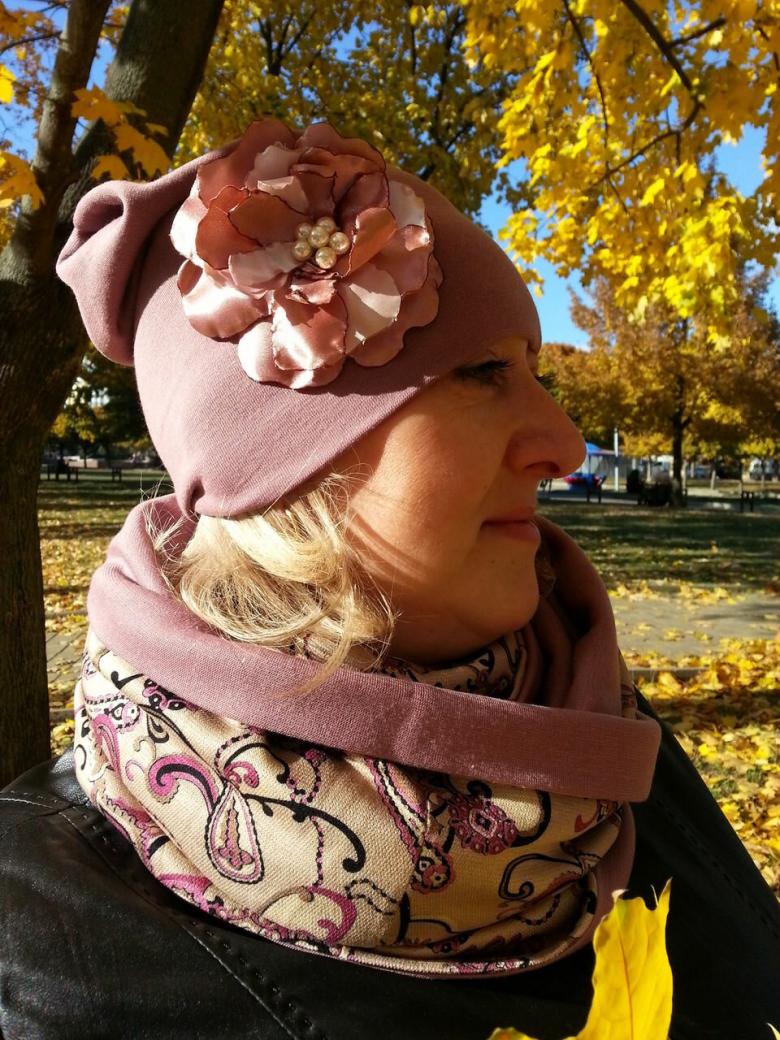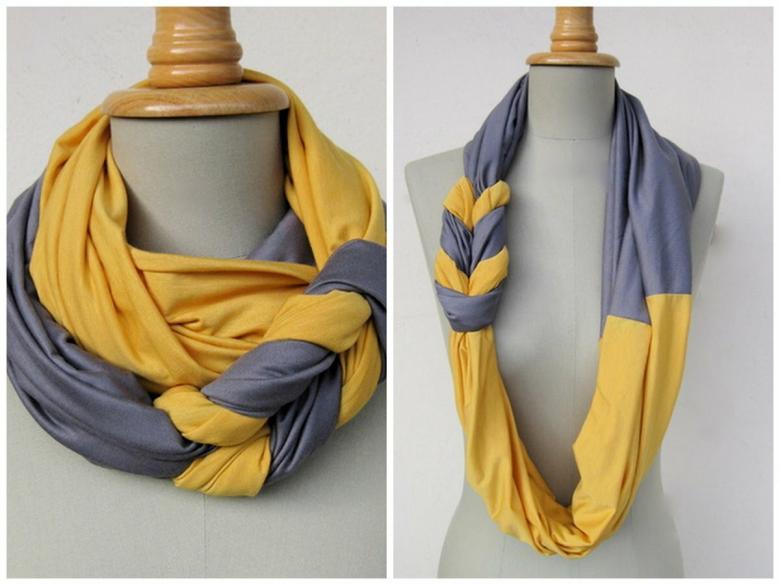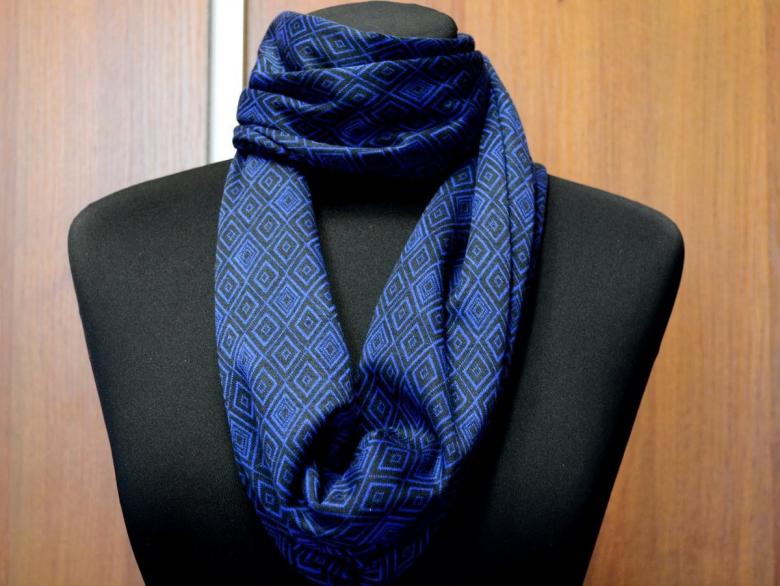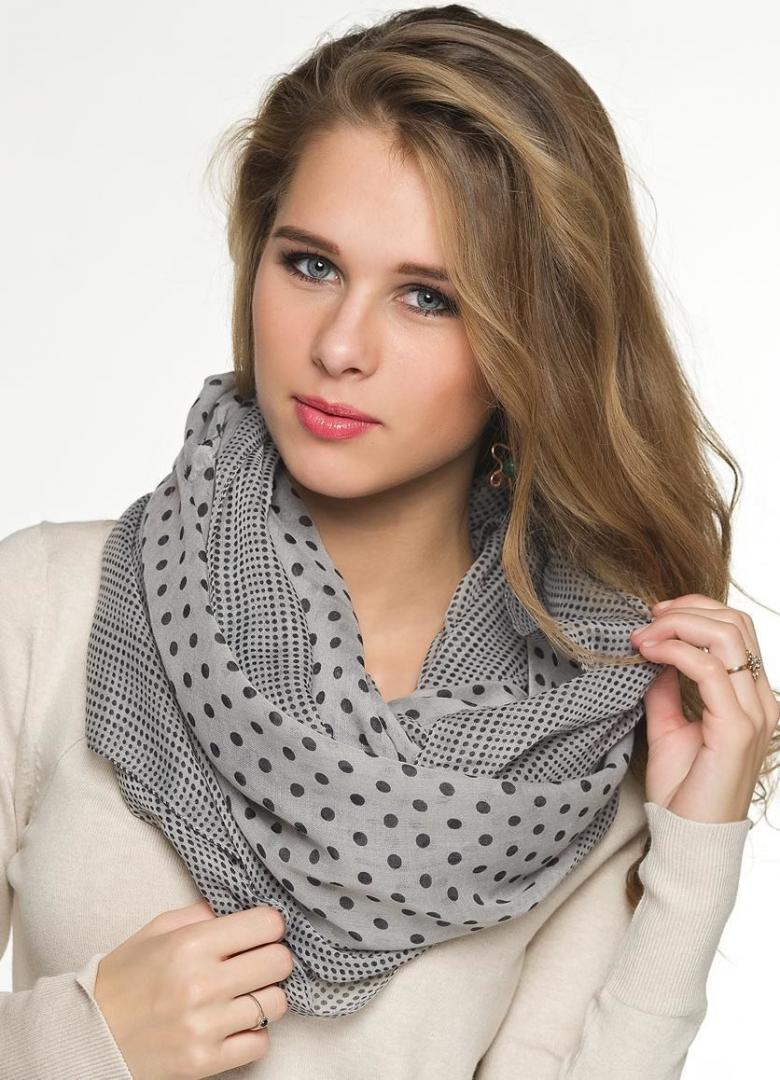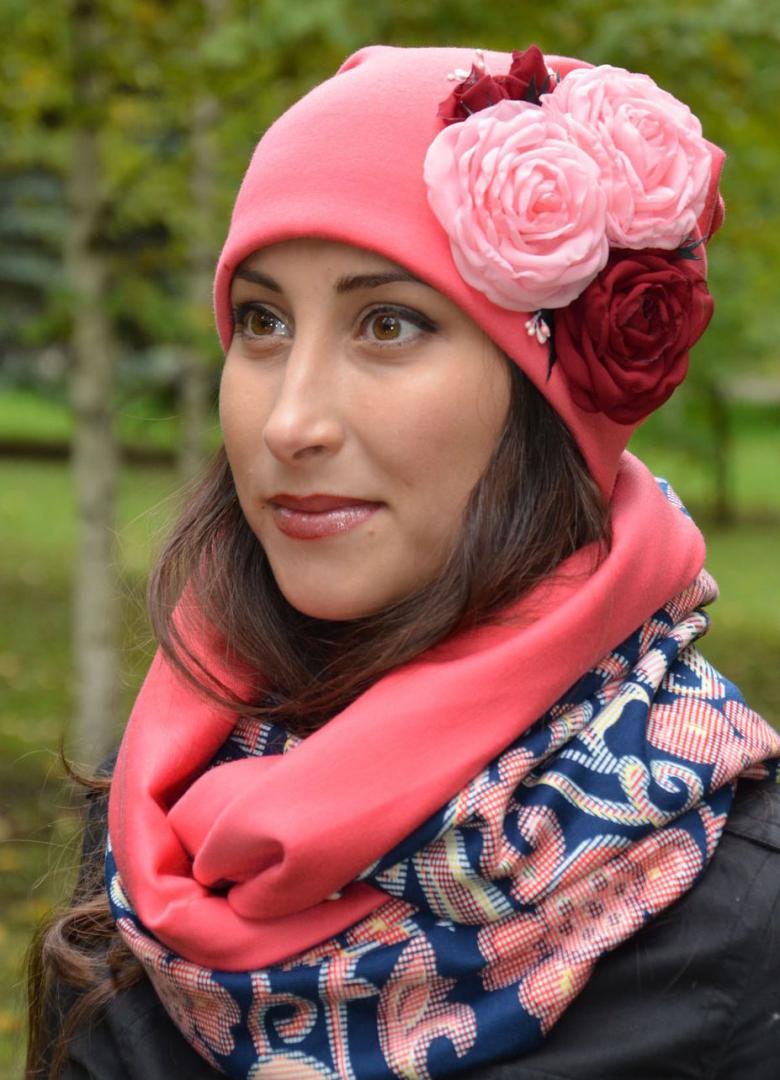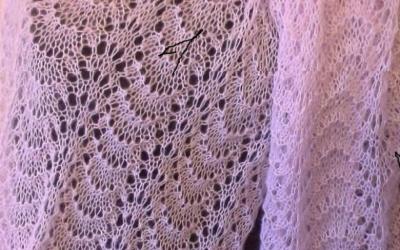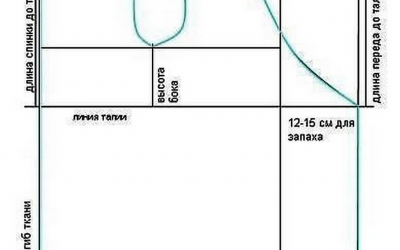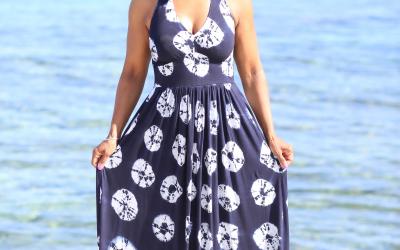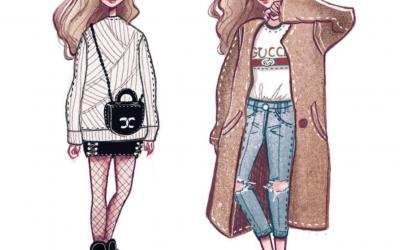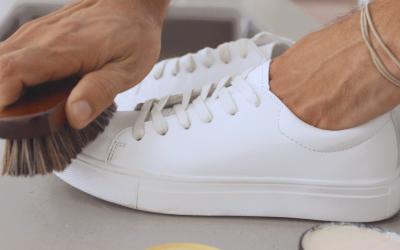How to sew a snood - patterns and master class on sewing scarves
Scarves have long and firmly taken its place in the closet of every girl, woman, child. In fashion boutiques you can find a variety of models of scarves, to any taste and color. One of the innovations on the market of fashion and design is a snood, or scarf-hoof.
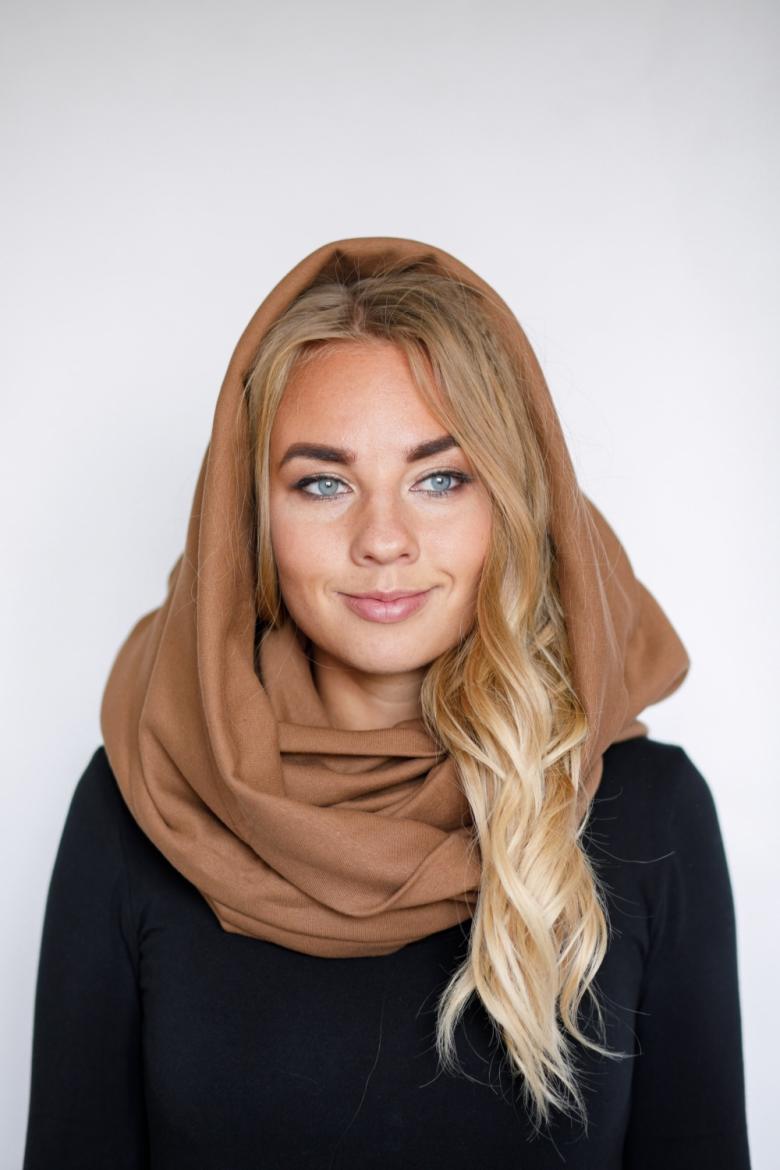
Scarf-snood in the closet
The original scarf-hoof has firmly taken its place of honor in the closet of most fashionable women. Such an accessory is a model of beauty and style, which, in addition, keeps the neck warm even in the most severe frosts. Scarves of this type can be sewn or knit with their own hands, and to do this qualitatively help step by step instructions on how to sew a snood of knitwear from experienced needlewomen.
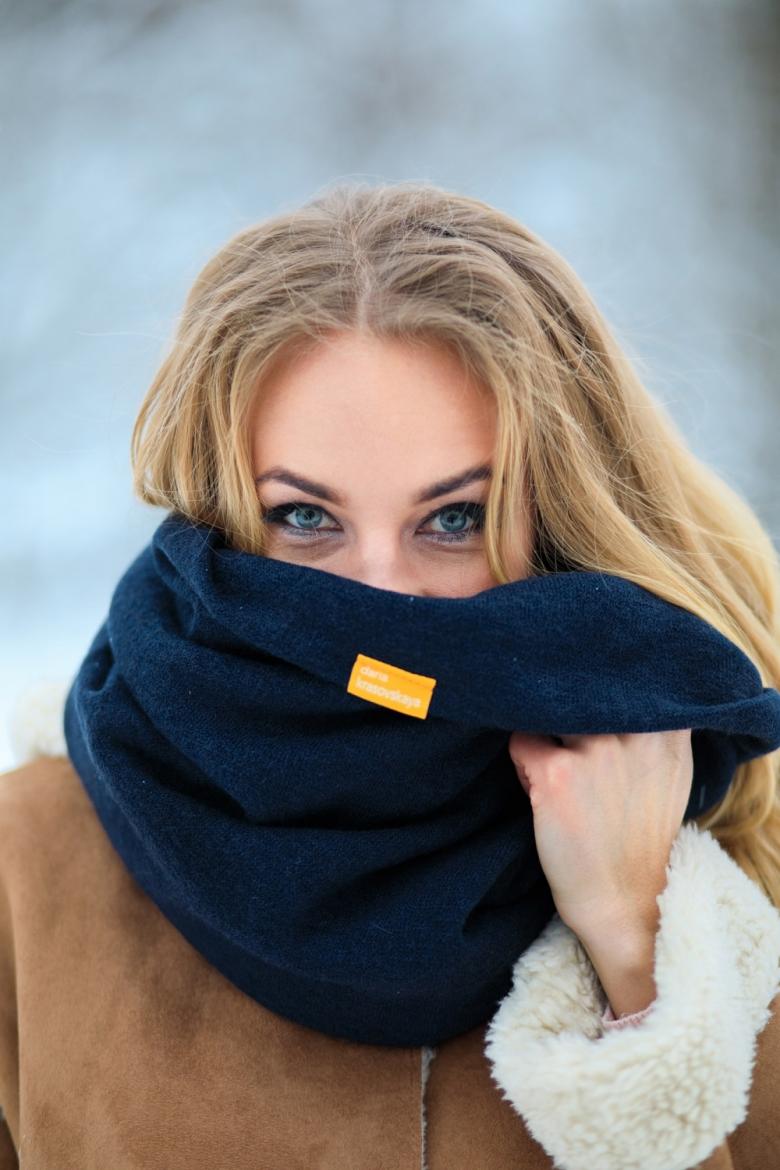
Types of scarves
To date, there is an unimaginable variety of scarves-snoods, each of which is a continuous fabric or knitted ring. Such an accessory can keep a woman's neck warm in winter colds by wrapping it tightly around her neck. Lighter scarves, for example, made of chiffon, will become a translucent protection from the spring wind.
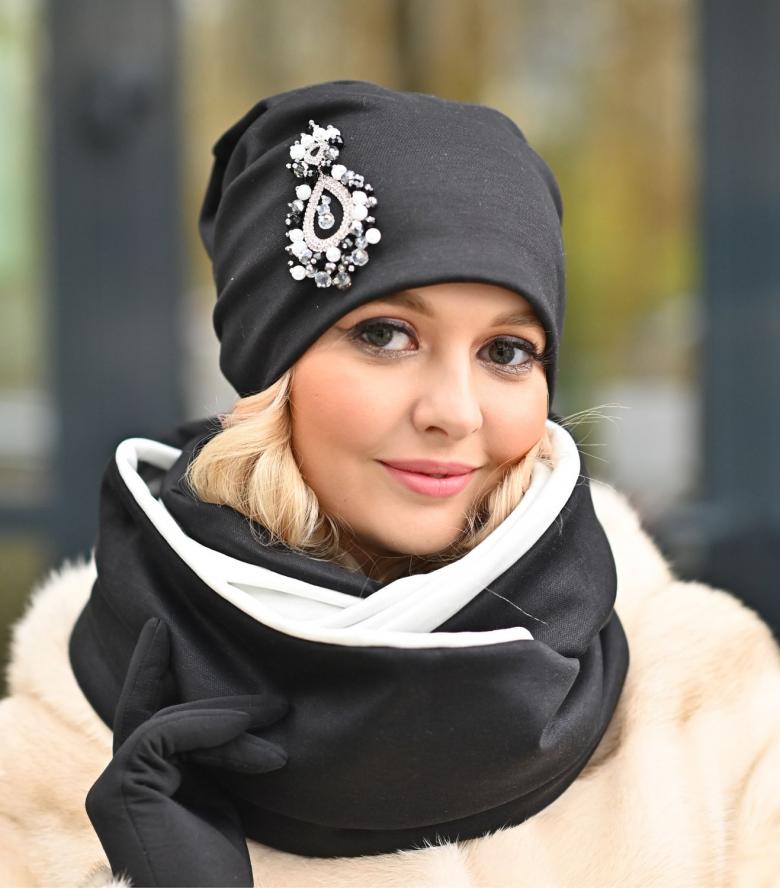
Hooded model.
Advantageous design and maximum comfort for the owner has an accessory with a hood. In this case, in addition to the pattern of the main part you will need a template for sewing the hood. Most often, it is not a traditional detail, but an interesting addition to the model.
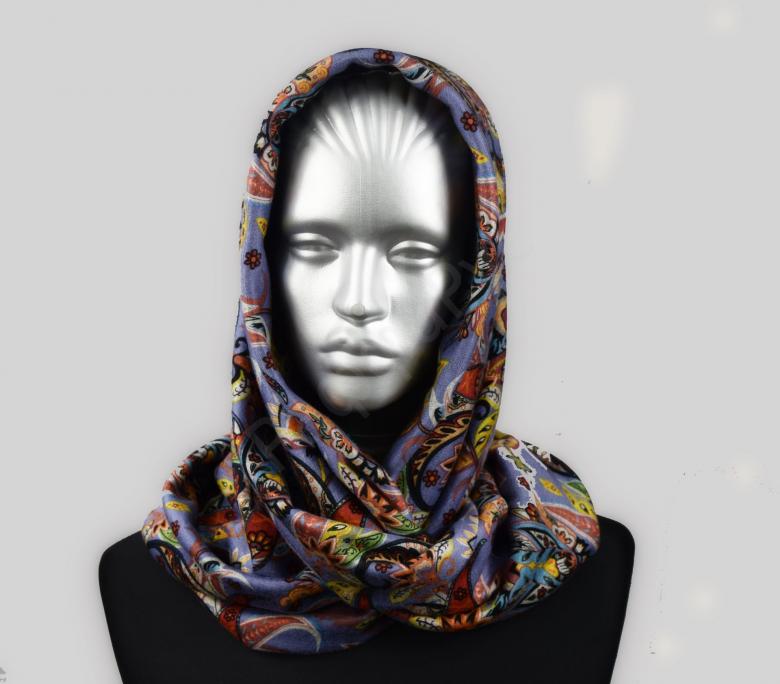
Scarf trimmed with fur
Also in practice you can meet an interesting model, the outer side of which is lined with a fur strip. Such accessories are used both for winter scarves and during strong spring winds. If you want and have the proper skill (cutting and sewing skills) you can make the fur detail completely removable: with Velcro, buttons, buttons, hooks. But the principle of cutting remains the same: the scarf tightly wraps around the neck of its owner in the form of a solid fabric.
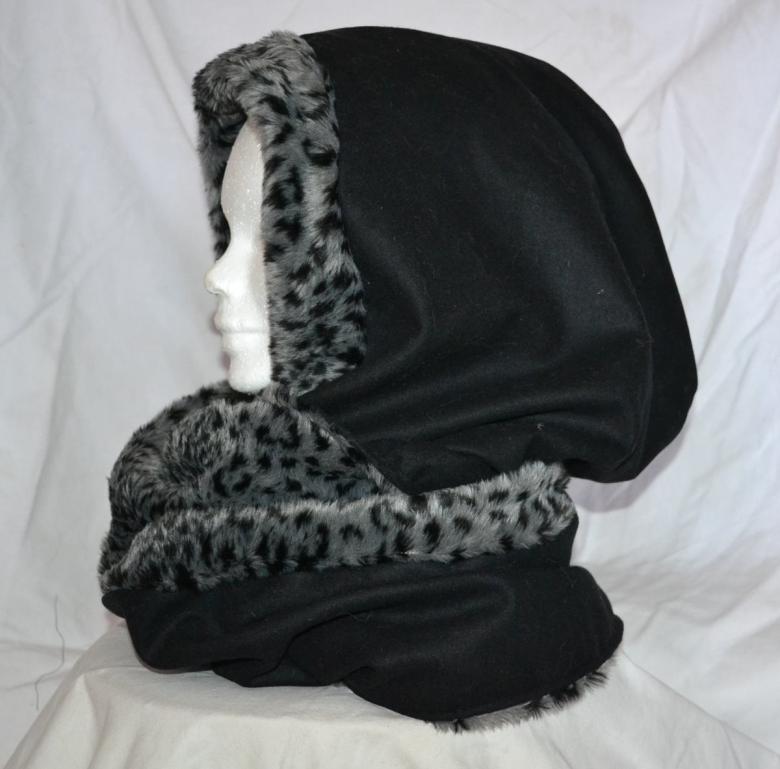
Stylish scarf-transformer
Such types of accessories for the neck are sewn in the form of a double or even triple ring. One of the strips of fabric, which in the assembled state are only folds, unfolds as needed. The use of such a scarf is relevant in the off-season, when the cold winds are replaced by warm spring weather.

Fabrics for sewing a scarf
An important criterion for sewing a quality scarf is the choice of textiles. Modern models of the scarf-homewear can be presented in the form of openwork knitting, which is then neatly stitched around the edges. Detailed video instruction on how to sew a knitted snood discreetly, will help beginners to work on their own.
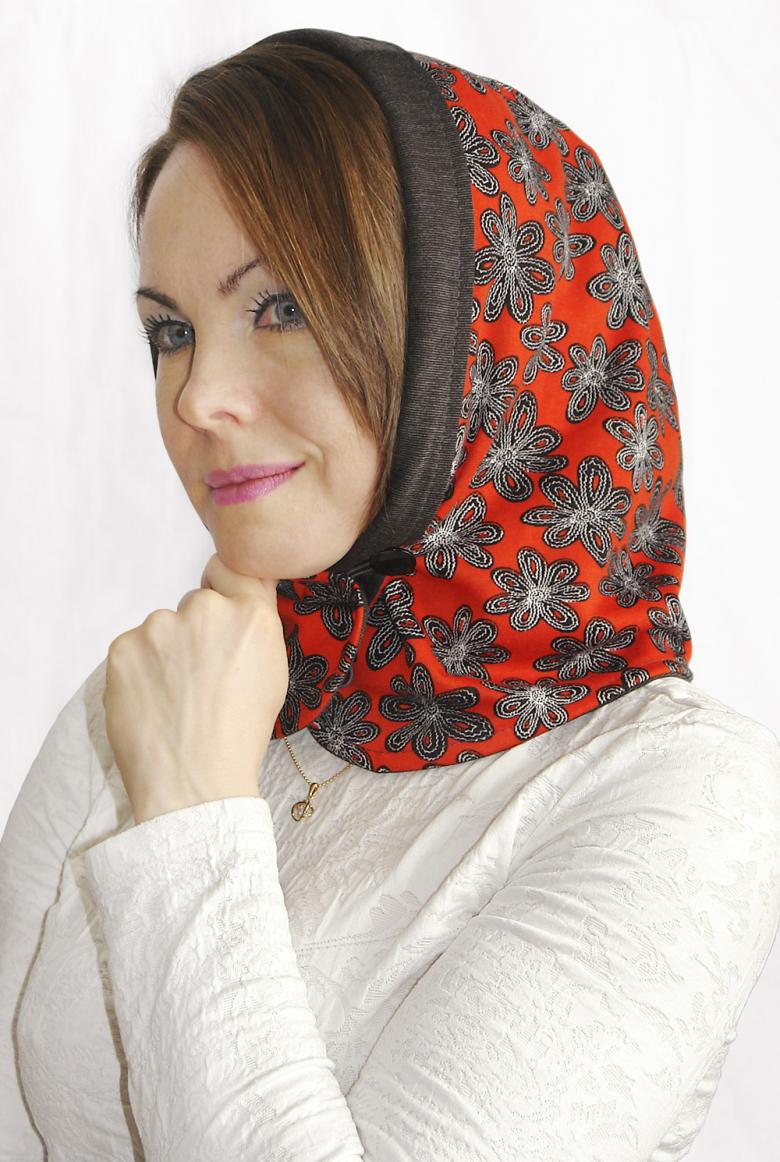
Textile fabrics should be light enough, good air permeability, allowing the skin to breathe. In addition, not the least important is the resistance of the finished product to shrinkage and frequent washings, requirements for practical care, the use of some or other synthetic detergents.

To date, these criteria meet the following types of fabrics:
- Chiffon, a lightweight, slightly transparent base. Optimally stitched, the product shimmers softly in the sun with pearlescent colors, and the porous texture allows a woman's neck to breathe. The fabric doesn't absorb unpleasant odors, and it also stands up well to washing.
- Fleece is a soft, warm material that does not irritate the skin of the neck and head. Such a base is often used to sew stylish accessories for children.
- Various versions of jersey, which has a special elasticity. Dense weaving of artificial and synthetic fibers gives the fabric additional resistance to stretching and tearing, which determines the popularity of the material among needlewomen.
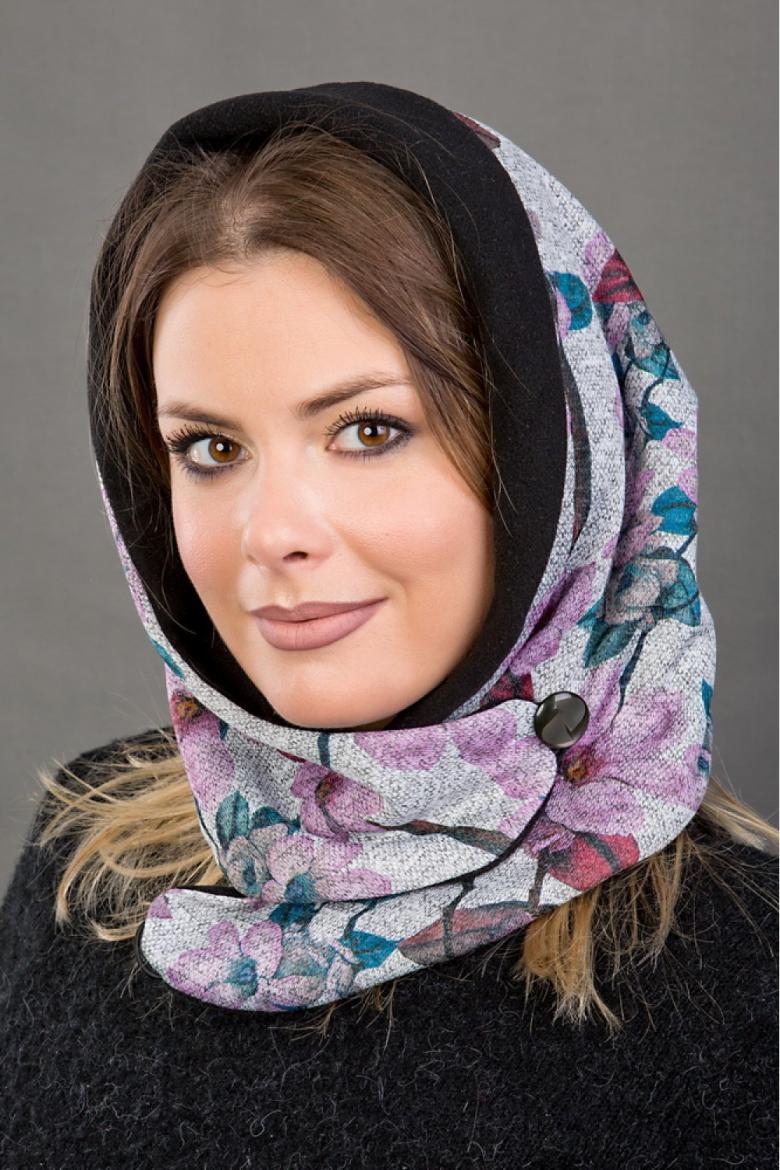
Widespread today are fur scarves-snoodles, which not only reliably protect the skin of the neck and face, but also act as a fashion accessory.

Step by step production with your own hands
Self-made scarves have a number of obvious advantages over purchased models:
- Exact dimensions taking into account the individual characteristics of the future owner.
- The ability to choose a model, as well as making a unique design for the accessory.
- The mistress gets a unique opportunity to combine materials not only by color, but also by quality composition, to model additional elements.
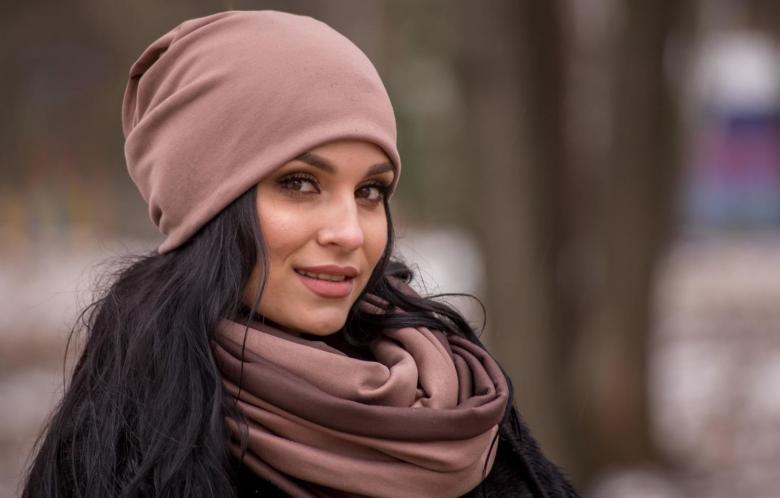
All work should be carried out in strict accordance with the previously prepared instructions. This approach will avoid possible gross errors. It is more reasonable to use patterns or a set of templates to prepare the constituent parts. In addition to the tools listed above, you may need the following:
- Scissors.
- Needles, thread.
- Sewing machine.
- Knitting needle for stitching knitwear.

You can also use decorating elements: interesting embroidery with threads, beads, beautiful brooches from beads.

Patterns for work
A special advantage of working independently is the possibility to use ready-made patterns and templates. The size range for scarves is also freely available. However, given the presence of individual characteristics of girls, it is better to make patterns with your own hands.

Before starting to cut, you should measure the neck and head circumference. The initial length of the product should be equal to the circumference of the head. This approach is universal to all professional seamstresses.
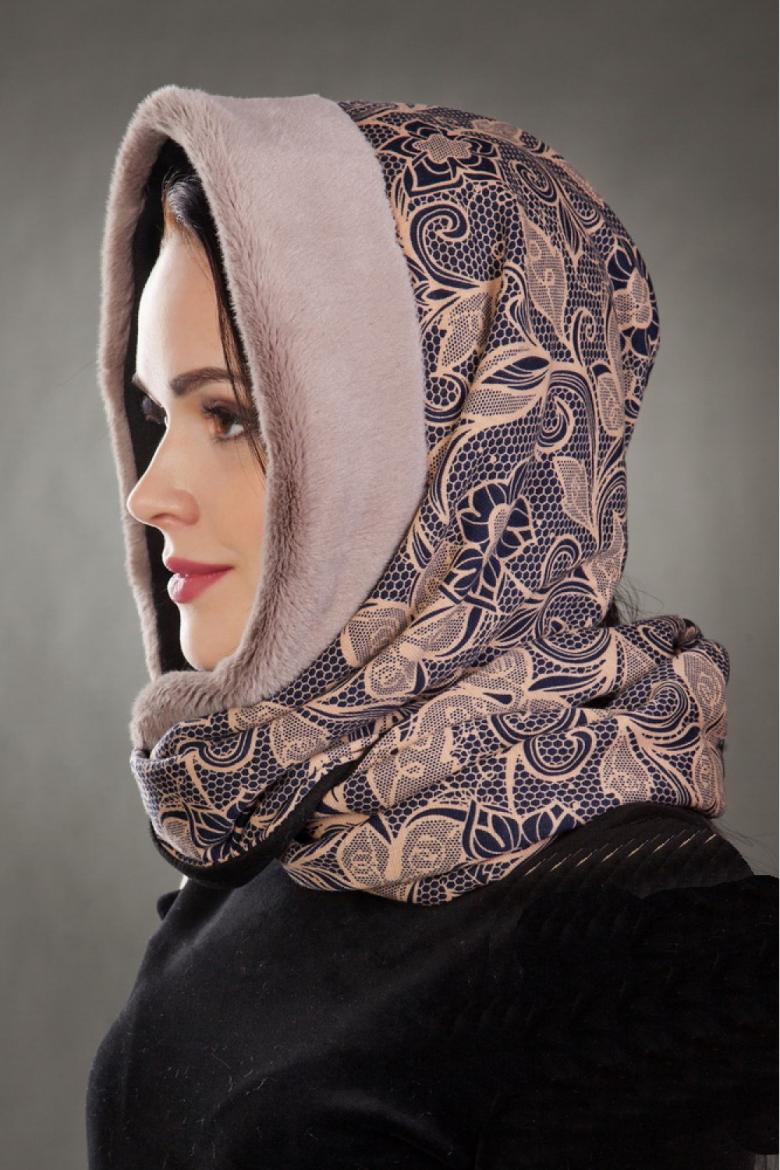
If the model of the scarf-hoof provides beautiful falling folds, the length of the fabric strip should be increased by a few centimeters. For children's scarves, you can additionally leave a textile corner on the bottom contour, which will later cover the child's chest.
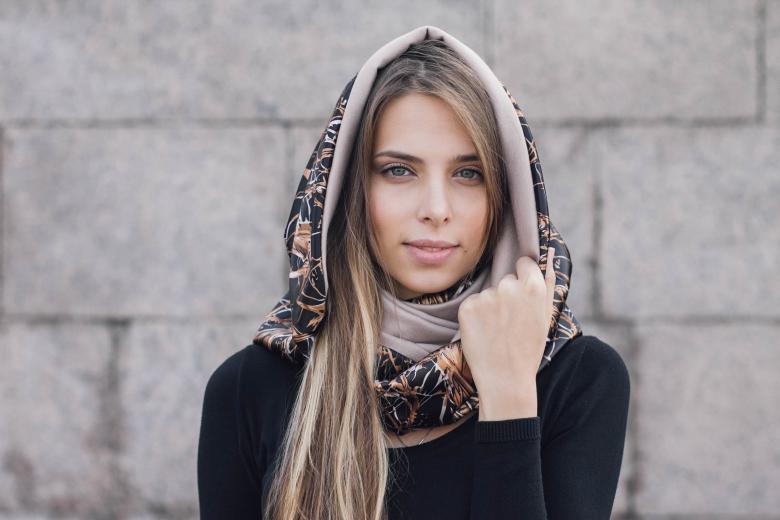
Preparation of parts and assembly of the product
To perform high-quality work, you should use the instructions on how to sew a snood from knitted fabric with your own hands:
- The fabric is smoothed, observing all temperature requirements (some textile bases are very sensitive to aggressive modes of ironing).
- The fabric is folded in half with the right side inside.
- On the reverse side attached patterns.
- Trace the contours of the template.
- With sharp scissors cut out parts for a scarf.
- Along the top and bottom edges lay hand stitches.
- Next, machine stitches are placed on top of the hand stitches. Hand stitches are carefully removed from the surface of the scarf.
- The product, which has acquired the shape of the channel, is turned out with the front surface outward.
- Next, the needlewoman faces a rather difficult task. It requires a certain amount of skill and dexterity of fingers. The ends of the textile "tube" must be docked and stitched. Stitches are imposed as neatly as possible, so that the ends of the threads do not hang down between the joints of the fabric strip.
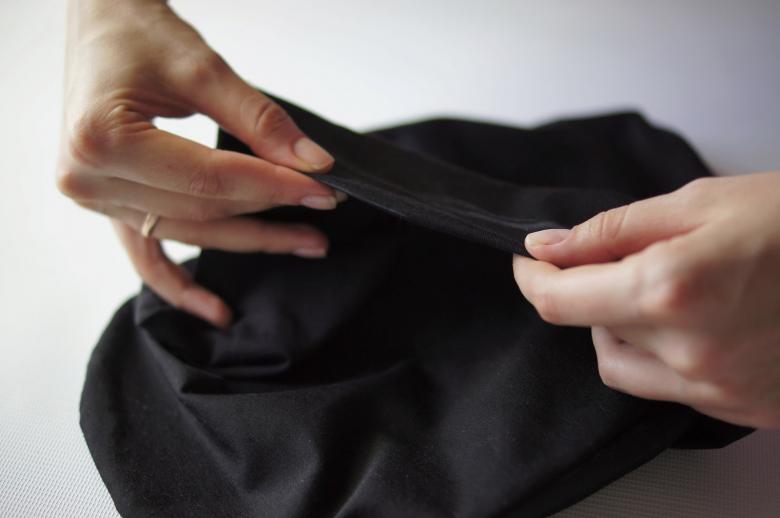
If you are working on a model-transformer or model with fur trim, spend assembling the fabric layers.



